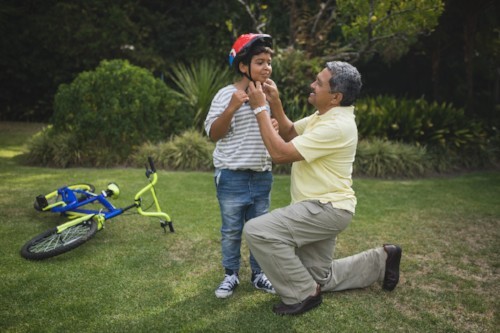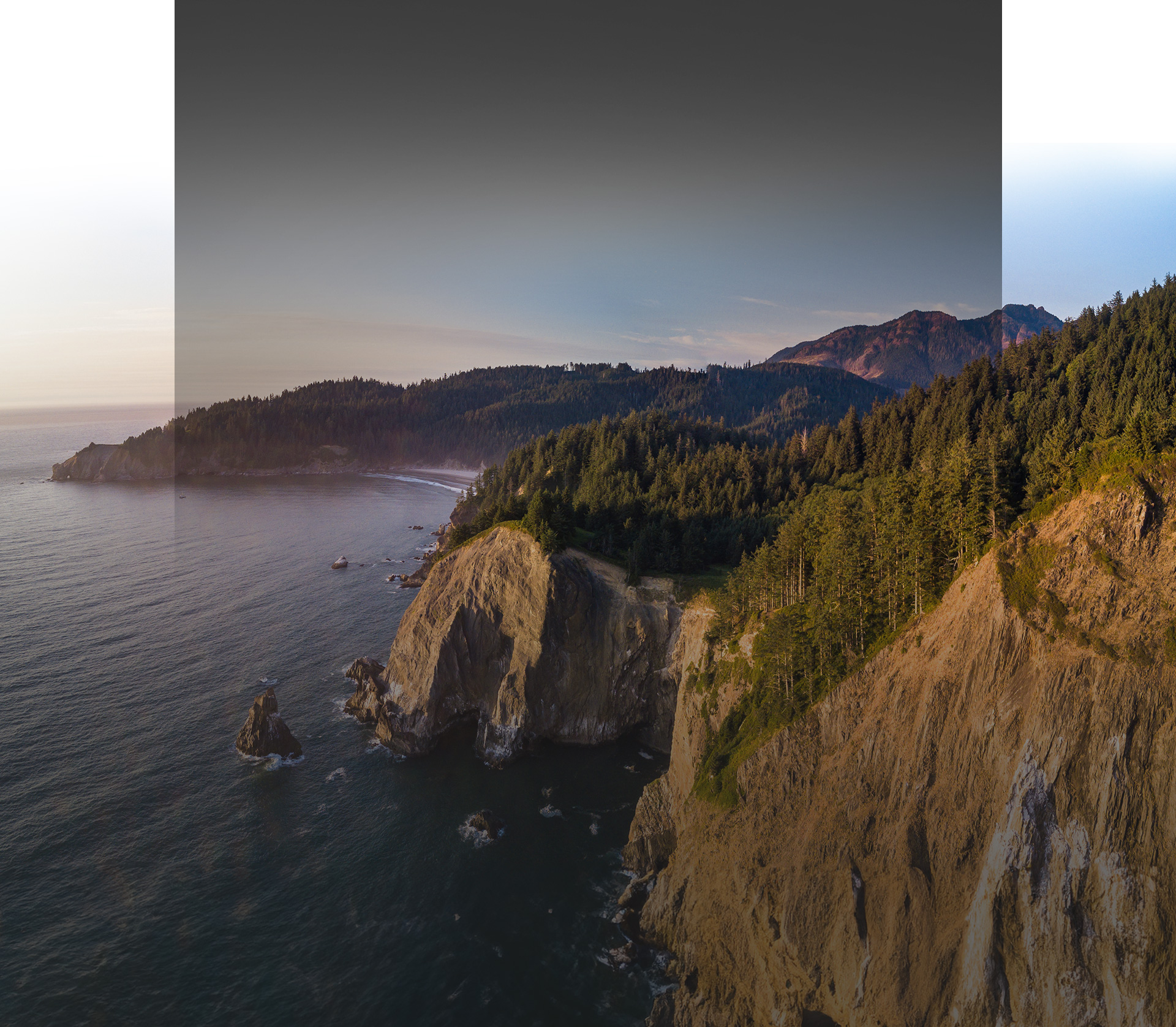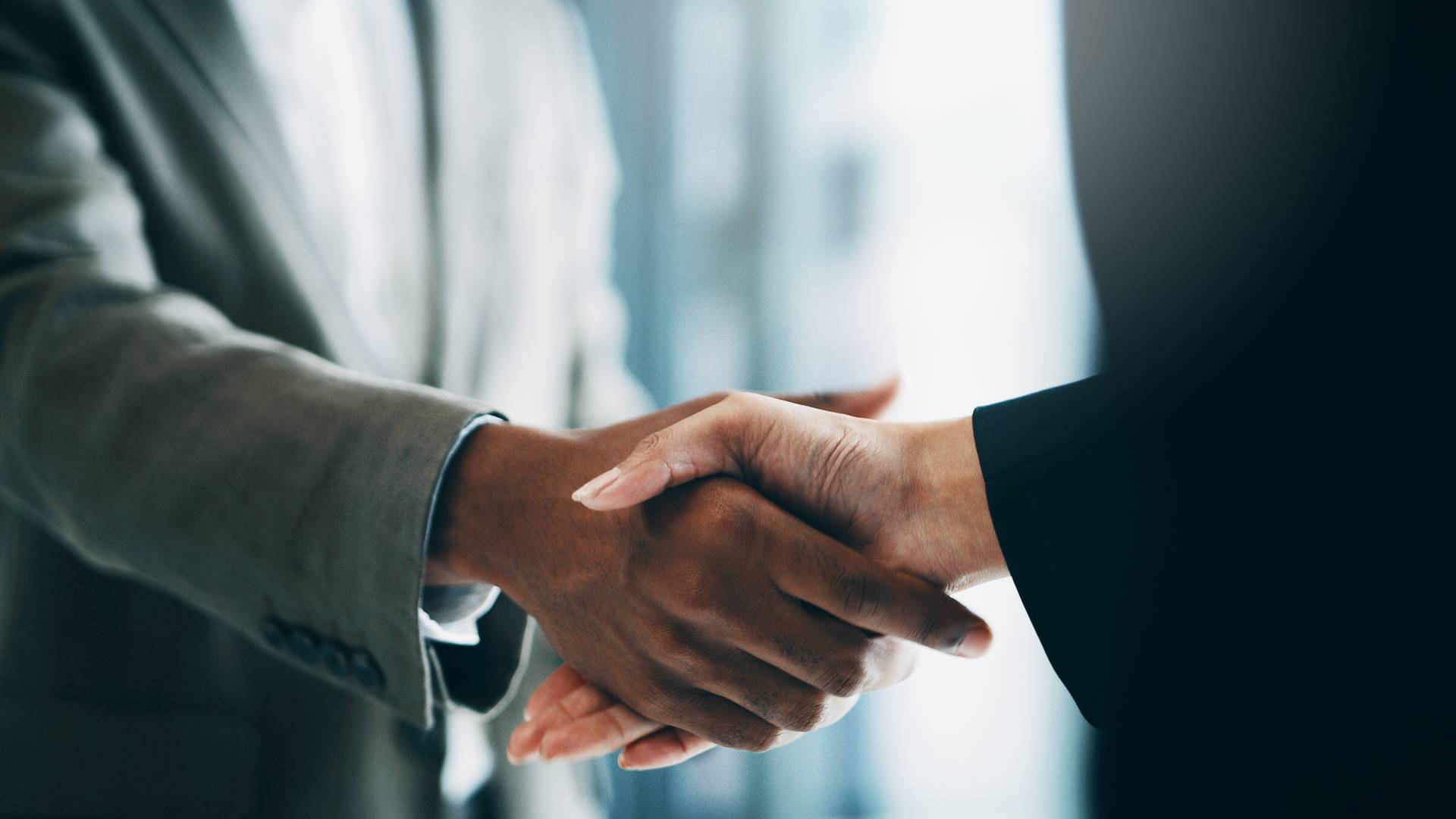Stay Safe on Your Bicycle
I have ridden many miles in challenging conditions in the United States and foreign countries. This article provides some of the lessons I’ve learned. I’ll start with the most important rule I’ve learned and one that I use every time I ride. It was given to me by a man in India who spoke very little English. When I stopped in a small village after fighting through chaotic city traffic all day, I mentioned that there were no rules of the road in India. He held up a single finger, “One rule. Biggest vehicle wins.” Bicycle safety became a whole lot simpler for me that day.
I’ll explore three areas of bicycle safety, since all safety issues cannot be covered in one article: bicycle maintenance and fit, proper clothing, and effective technique and rider judgement.
Bicycle Maintenance
Maintaining a bicycle so that it performs as it is designed is the basis for all of the other safety suggestions. It’s obvious that if the brakes don’t work the bicycle won’t be safe. However, there are other issues related to bicycle maintenance that are also important. Proper derailleur adjustment, screw and bolt tightness, tire pressure, spoke tension, and tire condition should be monitored and adjusted as necessary to ensure the bicycle responds to your controls in a reliable and safe way. For instance, having the chain come off when shifting gears on a steep climb can be extremely dangerous in traffic. Also, the constant vibration of riding causes screws and bolts to loosen over time. Check them regularly. I’ve learned this lesson the hard way when my rear rack came off and nearly tore out all of the spokes in my rear wheel.
The bicycle must also be the proper size for the rider. A bicycle that is too large or too small can be difficult to control. Seat height, seat position, handlebar height, brake position, frame size, and pedal position are important features of a properly adjusted bicycle. You can ensure the bicycle is a proper fit by consulting with a trained bicycle mechanic. A bicycle can only be used safely for the type of cycling it was designed for. You wouldn’t take a lightweight racing bike onto a mountain trail for instance. Finally don’t forget to equip the bike with flashing front and rear lights. These are inexpensive yet do an excellent job of drawing attention to the bicycle and increasing visibility.
Bicycle Clothing
Bicycle clothing may not seem to have much effect on safety, however, it is a key component of a safe ride. A high visibility bicycling jacket or even a road worker’s high visibility vest is strongly suggested at all times. Wearing a helmet shouldn’t need to be mentioned, but I see many riders without one. A helmet is an absolute must. What about those spandex shorts though? How do they provide safety? The answer is the chamois liner provides vital protection to sensitive areas of the body. Saddle sores are no joke and are easily infected. If you don’t like the spandex shorts you can buy just the chamois liners to wear underneath your regular shorts. Bicycling shorts are generally made with a gusseted crotch which is a design that provides better range of motion and proper placement of sewing seams. Feeling comfortable in the saddle allows for more attention to your riding and safety. Cycling gloves also have a purpose beyond comfort. Anyone that has been in a bicycle accident without gloves will realize their importance. Picking the gravel out of the palms of your hands after catching yourself during a fall is a quick lesson in why gloves are needed. They also provide a firm grip on the handlebar. Don’t forget to keep loose pant legs out of the chain and gears by using clips or leg straps.
Technique and Judgment
The most important component of bicycle safety is the rider’s knowledge, experience, and awareness of their surroundings. No amount of safety equipment will protect you from an inattentive automobile driver or a road hazard you didn’t see to avoid. The safety of a bicyclist is the responsibility of the bicyclist, not the drivers of the cars sharing the road. You can’t rely on cars not to hit you. When riding with cars on the road it is important to make eye contact with drivers about to turn or when you are turning. This ensures they see you. This doesn’t ensure they will stop, so always be prepared to take evasive action or stop if you have to. Use hand signals to show what you plan to do. If bicyclists want to stay safe they can never feel entitled to a part of the road or the right to make a turn. Rider entitlement is an extremely unsafe attitude.
Another situation that requires good rider judgment is riding the proper speed for the conditions. For instance, riding full speed on a trail with other riders and pedestrians is not recommended. Also, be careful of dogs. Have a dog plan in advance so that when the unexpected attack or chase comes you are prepared. I usually find that a stern, “BAD DOG” in my best command voice works well. You can also get a variety of sprays and extra loud horns. Finally, when riding next to parked cars watch out for opening doors. Twenty years ago you could always see inside for someone in the driver’s seat. Now with dark shaded windows it is very difficult or impossible to see if anyone is in the car. Give yourself plenty of room and keep those hands on the brakes.
I speak to a lot of people that say they haven’t ridden a bike since they were kids. I always ask, “Did you like riding a bike?” They all say it was one of their favorite things to do. It is my experience that it is just as much fun as an adult as it was as a kid. Biking is also one of the best forms of low impact exercises available to adults. Be a kid! Ride a bike and be safe!
The post Top 3 Bicycle Safety Must-Knows appeared first on Palace Law LLP.






